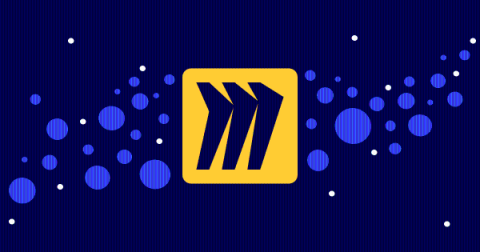Introducing the Miro Developer Platform 2.0, now in beta
Miro is all about empowering teams to build the next big thing. With our redesigned Miro Developer Platform 2.0, launching in beta today, we’re making it easier for third-party developers and partners to build and customize integrations to support Miro’s community of 30 million users.








